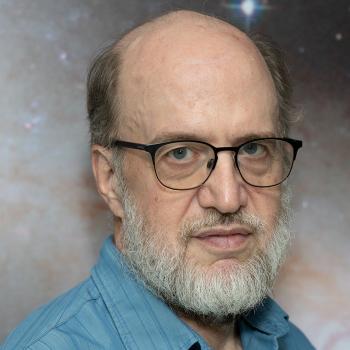
David Paul Bennett
Research Scientist
Roman Galactic Exoplanet Survey Science PI
I have been a pioneer in the development of the gravitational microlensing method to study the dark matter content of the Milky Way and to find exoplanets that orbit beyond the range of transit surveys. I was instrumental in starting the first microlensing survey, the MACHO Project, which searched for Galactic dark matter in the form of Massive Compact Halo Objects (or MACHOs), which could have been brown dwarfs of stellar remnants. With my late wife, Sun Hong Rhie, I showed that microlensing was sensitive to Earth-mass planets and that a space-based microlensing survey of the Galactic bulge would be sensitive to exoplanet analogs to all planets in our Solar System, except for Mercury. I led the development of the Microlensing Planet Finder (MPF) mission concept, which was combined with two other proposed mission concepts by the Astro2010 Decadal Survey to create the Nancy Grace Roman Space Telescope. This is NASA's next flagship mission with a launch planned in late 2026, with a prime mission ending in early 2032. Roman's Galactic Bulge Time Domain Survey will use 23% of Roman's observing time to enable the Roman Galactic Exoplanet Survey (RGES) which complete the statistical exoplanet census begun by the Kepler mission with sensitivity down to sub-Mars mass planets at orbital distances > 0.5 AU. I am science PI of the RGES team.

